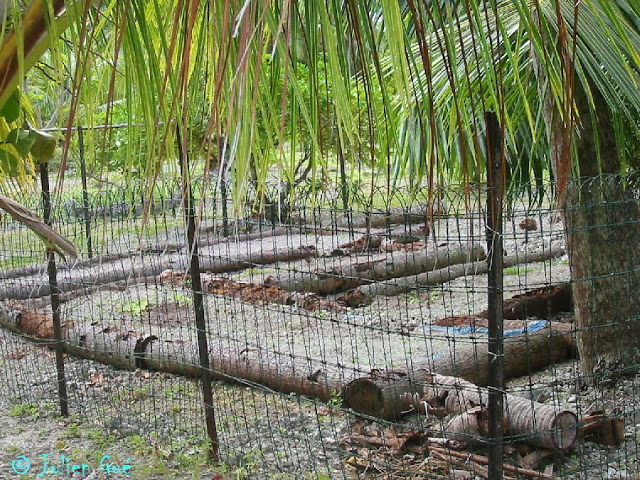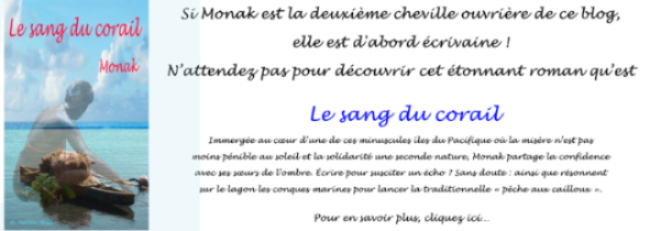A vast lagoon
like an inland sea
Second largest atoll in the world after Kwajalein in Micronesia, Rangiroa is one of the most beautiful
French Polynesia diving spots.
About 350 km north of Tahiti, Rangiroa atoll is one of the most prized destinations
for tourists who discover Polynesia and the Tuamotus.
 |
| The beauty of the motus and hoa of Rangiroa |
True small inland sea, its
lagoon is large enough to contain the entire island of Tahiti!
The atoll is called from
pau'motu language,"Rairoa", what means "vast sky".
Geography of mythical Rangiroa atoll
With its turquoise inner
lagoon, 80 km length and a width ranging to 32 km, Rangiroa has 7900 hectares
of land area, divided into 419 motu (or islets), only two of which are still
inhabited permanently today: Avatoru (where the airport is located) and Tiputa.
Today, the population of
Rangiroa is more than 3384 inhabitants.
 |
| Rangiroa and its amazing lagoon |
This coral reef of over 200 km
of total length never exceeds a width of 500 meters (except for Motu Avatoru).
The average is more than 300 meters.
Avatoru Motu spans 12.5
kilometers long and Tiputa 4 km. Both motus (the only ones still inhabited) are
separated by Tiputa pass.
This immense lagoon has only
two passes which allow access: Avatoru (where the main port is located), and
Tiputa, far the largest and the most beautiful. By cons, more than a hundred hoa
(small channels through the reef) connect the lagoon to the ocean.
 |
| At Rangiroa, the Blue Lagoon from the sky |
Despite its vastness, Rangiroa
lagoon never exceeds a depth of 35 meters. These two features make it sometimes,
as any inland sea, vulnerable to severe storms.
In its western part, Rangiroa
harbors a second small lagoon, within the first, named "The Blue
Lagoon". It's one of the main attractions of the atoll.
Rangiroa and the history
If the atoll of Rangiroa is
discovered in 1616 by the Dutch Jacob Le Maire and
Willem Cornelisz Schouten (discoverers of
Cape Horn), it was only in 1722 that it's visited by the Dutch Jakob Roggeveen.
But, catholic missionaries, the first Europeans, settled there in 1851.
Probably inhabited from the
tenth century AD, Rangiroa once numbered several villages: Tereia, Fenuaroa,
Otepipi, Tevaro, Avatoru and Tiputa, near which were found many marae (sacred
places) and dozens of cultivation pits.
 |
| Jacob Le Maire by Antonio de Herrera |
During the seventeenth
century, Rangiroa have tied important relationships with other atolls of the
North Tuamotus and the Society Islands and flourished socially, economically
and religiously. But this prosperity collapses abruptly around 1770. François
Doumenge, in "The Man in the South Pacific," writes: "The
defeats facing the Anaa warriors, the awesome Paratas, lead to the desertion of
the island ravaged where villages and their collective buildings were destroyed
and the population largely massacred while crops are abandoned."
Having taken refuge at Tikehau, Makatea and Tahiti, survivors benefit from Pomare royal
family's protection and can return to their island in 1821.
The economic resources of Rangiroa
The catholic missionaries incite
the population of the atoll to plant and exploit the coconut palm, thus
bringing Rangiroa in the colonial era, since 1865.
 |
| A coconut grove in perfect condition |
Today, the local economy is
based almost exclusively on three pillars: copra culture, fishing and tourism.
Rangiroa's fishermen have
benefited, since the late 1950s, from economic and urban development of the
island of Tahiti where they export their production which wasn't sent to
Makatea, then in full operation. Due to the size of its lagoon, the atoll can
indeed profitably exploit lagoon fishing as well as deep sea fishing.
Currently, copra production,
it's entirely absorbed by Tahiti and receives substantial subsidies from the
territorial government.
 |
| A vegetable garden at Tiputa |
Tourism, meanwhile, plummeted
since 2004, mainly because of the dramatic political instability, slowly
ruining the country, even to this day, it remains the main economic resource of
the atoll.
There is a small subsistence
farming but, as it stands, it would be unable to be sufficient to feed the
population of the atoll.
The "coral wines"
of a surprising vineyard
By cons, in recent years,
grapevines were planted and now the wine produced by the vineyard begins to be
marketed internationally with some moderate success and curiosity. No doubt
that in the future, this resource will rely more and more to Rangiroa.
Especially since this "coral wine" (white, red or rosé), thanks to
the tropical climate particularly mild, enables the Domaine Dominique Auroy, two
harvests per year!
Rangiroa, a paradise for divers
If there are dream beaches and
a pink sand beach at Rangiroa, the paradise setting isn’t the only attraction
of the atoll.
Escapade in Rangiroa...
The Blue Lagoon, for example,
holds ornithological wonders, many endemic species in French Polynesia and in
danger of speedy disappearance.
But the real magic of the
atoll lies under water.
Apart from the lagoon
exploration with simple mask and snorkel, different Rangiroa diving clubs offer
three types of underwater attractions.
The scuba diving into lagoon,
the diving on the fringing reef into the deep, and drift diving in the passes.
There is no stay at
Rangiroa without the diving...
From Sea turtles to manta
rays, from hammerhead sharks, to gray sharks "raira" or white tip
sharks and pelagics, but also through dolphins, surgeons, mullet, wrasse, eagle
rays, barracudas benches ... There never disappointing diving in Rangiroa.
There is never disappointing
stay at Rangiroa.
An article
of Julien Gué
Translated from French by Monak
Copyright
Julien Gué. Ask for the author’s agreement before any reproduction of the
text or the images on Internet or traditional press.



Aucun commentaire :
Enregistrer un commentaire
Cet article vous a fait réagir ? Partagez vos réactions ici :